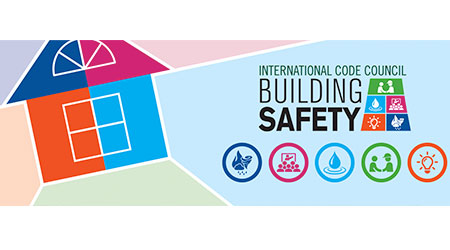
Building Safety Month Focuses on Resilience and Codes
May 2, 2019
Building safety is at or near the top of the priority list for most maintenance and engineering managers. Their staffs’ daily activities involve an array of potential hazards, from electrical shocks and chemical exposure to confined spaces and aerial work platforms.
But a host of broader issues, from active shooters to climate change, are bringing greater awareness to a range of potential hazards to technicians, as well as to the operation, energy efficiency and safety of facilities.
For this reason, the International Code Council, together with corporations, government agencies, professional associations and nonprofits, celebrates the 39th annual Building Safety Month in May, according to Yahoo! News. The international campaign raises awareness about building safety and the importance of building codes in making communities safer and more resilient. This year, the council will explore the roles building codes play in day-to-day activities, including disaster mitigation, access to safe water, job opportunities in the building industry, and innovations in building safety.
The focus for week one is, Preparing for Disasters: Build Strong, Build Smart. Natural disasters are increasing in severity and frequency. Helping individuals and community leaders plan in advance for events such as hurricanes, floods, tornadoes, wildfires and earthquakes saves lives and mitigates costly damages.
An effective way to prepare for disasters is adopting the most up-to-date building codes, which are crucial for ensuring the resilience of buildings. Building to code keeps people safer, and it can be a smart investment. A recent report from the National Institute for Building Sciences found that municipalities that have adopted the 2018 International Codes can expect to save $11 for every $1 invested in bringing buildings and physical structures up to code.
Dan Hounsell is editor-in-chief of Facility Maintenance Decisions.
Next
Read next on FacilitiesNet












